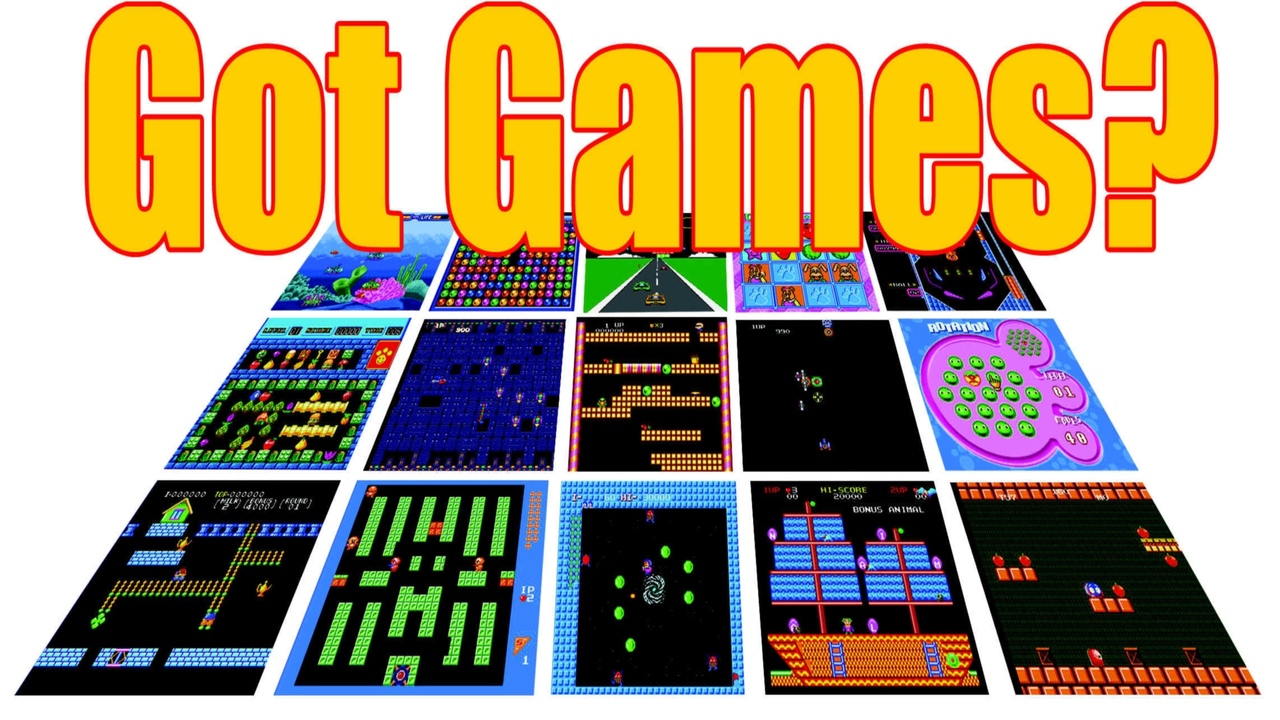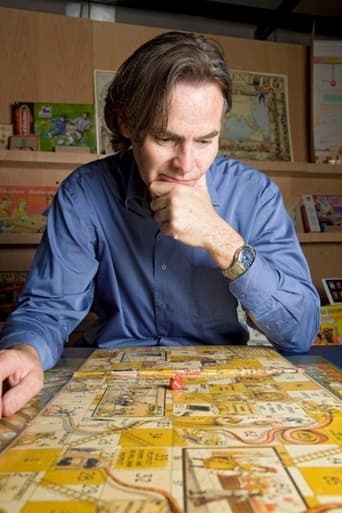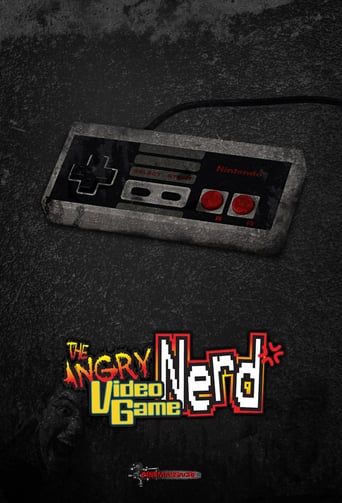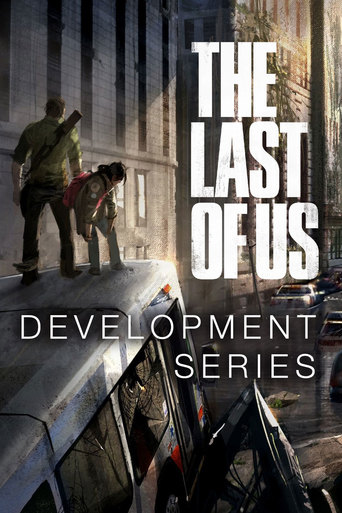Icons Season 4

Icons was a documentary TV show on G4 that originally focused on significant people, companies, products, history, and milestones in world of video games. It was relaunched in 2006 and focused entirely on pop culture. It was cancelled soon afterwards. On May 10, 2006, it was announced that Icons was relaunching on June 3 with an episode focusing on J.J. Abrams. The show will feature a broader scope on things and people "men 18–34 care about, admire and emulate." Future episodes would focus on Marc Ecko, The Onion, and Family Guy. This change in format had been suspected, due to the recent episodes about George A. Romero, Frank Miller and the history of the King Kong franchise. The classic video game themed episodes continued to air on the network sporadically until 2008, under the new name of Game Makers.
Watch NowWith 30 Day Free Trial!
Icons
2002 / TV-G
Icons was a documentary TV show on G4 that originally focused on significant people, companies, products, history, and milestones in world of video games. It was relaunched in 2006 and focused entirely on pop culture. It was cancelled soon afterwards. On May 10, 2006, it was announced that Icons was relaunching on June 3 with an episode focusing on J.J. Abrams. The show will feature a broader scope on things and people "men 18–34 care about, admire and emulate." Future episodes would focus on Marc Ecko, The Onion, and Family Guy. This change in format had been suspected, due to the recent episodes about George A. Romero, Frank Miller and the history of the King Kong franchise. The classic video game themed episodes continued to air on the network sporadically until 2008, under the new name of Game Makers.
Watch Trailer
With 30 Day Free Trial!
Icons Season 4 Full Episode Guide
We look back at the cinematic fascination with this monster ape and talk with director Peter Jackson, the artistic genius behind the latest remake of this classic film.
Icons delves deep into the history of the NES, the console that changed the world. From its beginning in Japan over 150 years ago, through the boom years of the 1980s and 1990s to its present place as one of the most recognizable names in gaming, Nintendo has always been about innovation and visionary gameplay, but nothing they've created was more visionary than the Nintendo Entertainment System. While gamers know the NES as pure fun, the story behind the game is pure drama, from the incredibly risky launch of the NES in America to Nintendo's sometimes contentious relationship with game developers. Videogame luminaries featured include Don James, the Executive Vice President of Operations for Nintendo of America and legendary game designer (and creator of Mario) Shigeru Miyamoto.
What goes into creating a next generation console? We'll go behind the scenes and talk with the production team of this exciting new project. Microsoft staffers and first-party developers add their insights on the challenges and expectations regarding Xbox 360--one of the most highly-anticipated launches in games.
George A. Romero was a pivotal figure in the development horror films with his first feature, "Night of the Living Dead" in 1968. We talk with this independent filmmaker about his career and take a look at some of his most memorable work.
Icons digs deep to get the real history of the Sony PlayStation, starting with its beginnings as a parts-maker for Nintendo consoles and the development of a CD-based game for Nintendo. After Sony was double-crossed by Nintendo when they decided to drop Sony for Philips, Ken Kutaragi fought to develop the technology as a 3D game console despite Sony's reputation as a consumer electronics company. However, the company was able to gather the support of Japan's top game developers and publishers and push the PlayStation to the top of the sales charts and changed the way the world saw video games.
Contrary to what you might have been led to believe by fanboys, the father of video gaming is not Shigeru Miyamoto, Will Wright, or even Nolan Bushnell. And it certainly isn't Bill Gates. What you may not know is that the technology that enabled the creation of video games was patented by engineer Ralph Baer in 1968, four years before Pong was ever introduced to gamers worldwide. However, Baer had developed the concept much, much earlier.
Following the debut of the first Star Wars film in the late 1970's, Star Wars games have become an almost natural extension of the series' plot and experience, feeding the frenzy of fans thirsting for more. Starting with the first arcade game in 1983, fans went nuts for anything based on the series, spawning the first rush of Star Wars games to the home console market. However, it was not until 1991 that LucasFilm Games (now LucasArts) produced their own game based off their most famous series for the Nintendo Entertainment System. They would go on to produce a number of hits including X-Wing, TIE Fighter and Dark Forces II: Jedi Knight, though working with their proprietary content did not guarantee them a good game, as proven by such flops as Masters of Teras Kasi and Star Wars: Rebellion. However, the release of the new Star Wars Trilogy beginning in 1999 would prove to inject new life into the series of games including Jedi Academy, Knights of the Old Republic and the series' first MMO, Star Wars Galaxies.
Though he's been an influential force in games for over a decade, Tim Schafer hasn't been heard from much in recent years because he's been hard at work forming his own company and working hard on Psychonauts for the past three years. However, Schafer didn't start out at the top but rather worked his way up at LucasArts on projects such as Secret of Monkey Island, Day of the Tentacle, Full Throttle and Grim Fandango. In 2000, Schafer left LucasArts and founded Double Fine Productions in San Francisco along with many members of the Grim Fandango team as well as many new faces. In a first for Icons, watch the staff at Double Fine Productions as they frantically rush to put the finishing touches on Psychonauts during the last week of production and get a firsthand glimpse of what working in a top-notch game studio is really like.
Fans of Frank Miller's Sin City have been for years bedazzled by the comics' bold, hard-boiled look and the gritty tales told within, but many folks are just now coming to see the mastery of Miller's work through the film version of the comic. Miller spent years working on Sin City independently, but creating comic books wasn't always so easy. Growing up in Vermont, Frank Miller started drawing comics at home at the age of six, using typing paper stapled together to make comic books following a fascination with Batman. Though he'd eventually become a comic book legend, when he traveled to New York to try to break into the comic industry, there were many hurdles he'd face before getting his first real job with a pencil. While working menial and sometimes dangerous jobs, Miller polished his skills under the tutelage of Neil Adams; after being told repeatedly that his work was terrible, Adams found him a job drawing Twilight Zone comics, and his career took off. After a slow start, Miller found himself drawing Spectacular Spider-Man, which eventually landed him a job drawing Daredevil for Marvel. In 1979, Miller became the principal artist for the series, eventually taking over writing duties as well and transforming the series. With the creation of Daredevil's love and enemy Elektra, Miller reinvented the series as his own. In 1983, Frank Miller left Marvel and created Ronin for DC Comics, which was regarded as strange at the time due to its sci-fi, anime-esque influence. Following Ronin, Miller agreed to work on a project that he'd been both anxious and hesitant about for a long time--Batman. However, instead of continuing along the path of the obvious, Miller opted to tell a different tale of Batman, one that set Batman past middle age instead of his eternal age of 29. The Dark Knight Returns was a solid hit and established Miller not merely as a comic book artist, but as an icon. Following the success of Dark Knight Returns, Miller decided it was time for a change of pace and moved out to California. While there, he found work writing the sequels to Robocop, but found himself dissatisfied with the Hollywood process. After firmly extracting himself from the film industry, Miller decided it was time to work on a project he truly loved--Sin City. After the publication of Sin City by Dark Horse Comics, Miller received many offers from filmmakers to do a film version of his masterpiece, but he always declined, fearing the disappointment of an adaptation that didn't live up to his expectations. It was not until Robert Rodriguez (El Mariachi, Once Upon a Time in Mexico) approached the artist with an offer to create an amazingly faithful version of Sin City that Miller even considered allowing the project. However, once Miller laid his eyes on Rodriguez' demo that reproduced the graphic novel frame-by-frame, he was sold. Despite his reluctance to allow the film to be made at all, Frank Miller learned to trust the film industry again by working with the best.
There's no question that racing is one of the oldest and well-loved genres in the game industry, but there is one series out there that truly stands apart from the crowd in the minds of auto enthusiasts and casual gamers alike, and it is Gran Turismo. Named after the European endurance races of legend such as 24 heures du Mans and Targa Florio, Gran Turismo has dominated the racing game genre since the debut of its first game in 1998. However, the inspiration behind this game had its start long before Polyphony Digital's famous racing simulator ever hit the Sony Playstation. Racing games have been around since the very beginning of the arcade era, when casual gamers flocked to arcades to experience the thrill of playing Pole Position using a real wheel. Later on, arcades and home consoles began to carry more sophisticated racing titles such as Ridge Racer and Need for Speed, but Polys Entertainment designer Kazunori Yamauchi had dreams of creating a different kind of racing game. Yamauchi envisioned creating a game where players would drive licensed cars and win money to modify these cars as if they were the real thing; combined with realistic graphics and challenging gameplay, the game sounded like a sure bet, but his supervisors thought otherwise. Instead, Yamauchi's first game was Motor Toon Grand Prix, a game using Tex Avery-style characters that drive racing cars. However, Yamauchi used his experience designing this game to appeal to his supervisors to allow him to make Gran Turismo. Yamauchi was finally granted permission to begin work on his dream game in the early 1990s and began to seek licensed cars to use in the game. He felt that having real cars increased the appeal of the game tenfold over using generic cars, but using real cars meant that they had to handle just like the real thing. Thus, the team at what was called from then on Polyphony Digital began research for the game, taking thousands of photographs of each of the hundreds of vehicles that would be in the game and test driving them as well. When Gran Turismo was released in December 1997, it included 150 real-life cars that gamers could drive by winning races within the game. By 1999, the game had sold 6 million copies and the team prepared for a sequel. Gran Turismo 2 came out in 1999, roughly 2 years after the debut of the first game. However, upon its release it became apparent that the team had hurried through the game--though it was still beautiful, it contained many playability flaws that irked hardcore fans. But regardless of the criticism, GT2 sold 1 million copies in only six weeks. Though a sequel was initially promised for the launch of the Playstation 2, Polyphony Digital decided to learn from their mistakes and take the time to make sure that everything was going right with the next installment of the series. Plus, they had to adjust to the next-generation hardware and the capabilities it contained as well. Gran Turismo 3 became the biggest-selling PS2 game of its time when it was released in April 2001, with fans marveling at its intensely realistic graphics and superb gameplay. Soon, automakers as well began to realize the value of having their cars appear in the game, and special concept versions of the game were produced for certain lines of automobiles. Work began immediately on Gran Turismo 4, but the number of expectations put on the developers added to delays on the project, which ultimately cost the game online play. However, Yamauchi worries not--he prefers that people think of his game as an encyclopedia of cars. Indeed, with over six hundred models included in the game, one has the opportunity to unlock and drive more automobiles in the game than most people will drive in their entire lives.
Free Trial Channels
Seasons



































